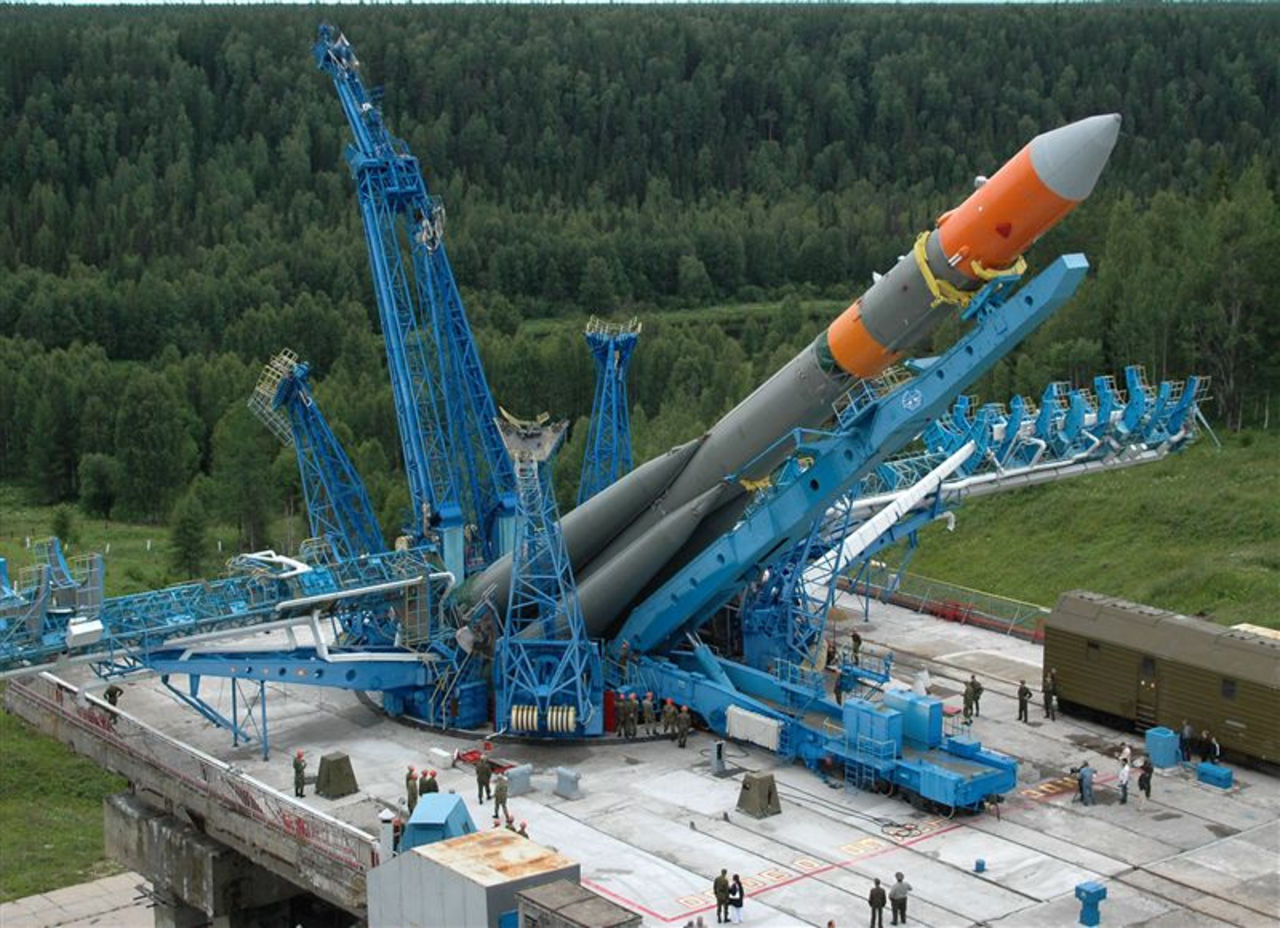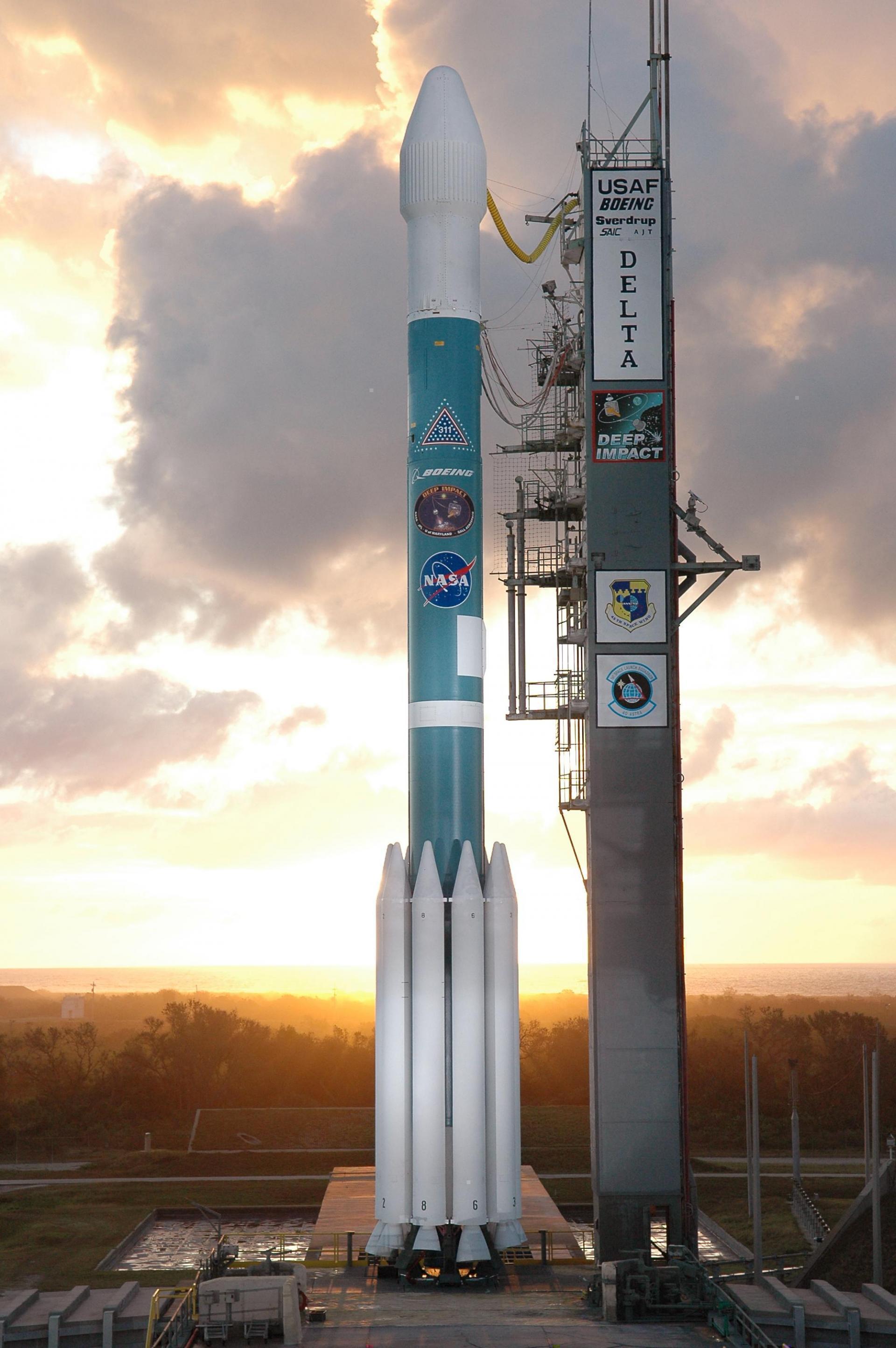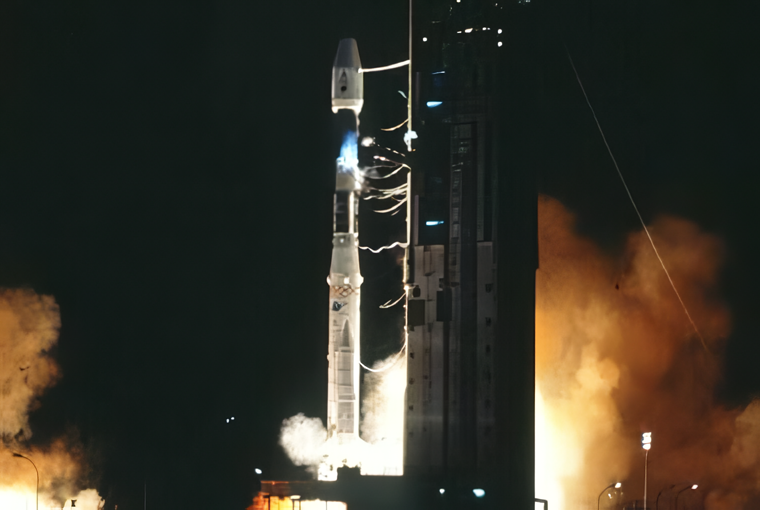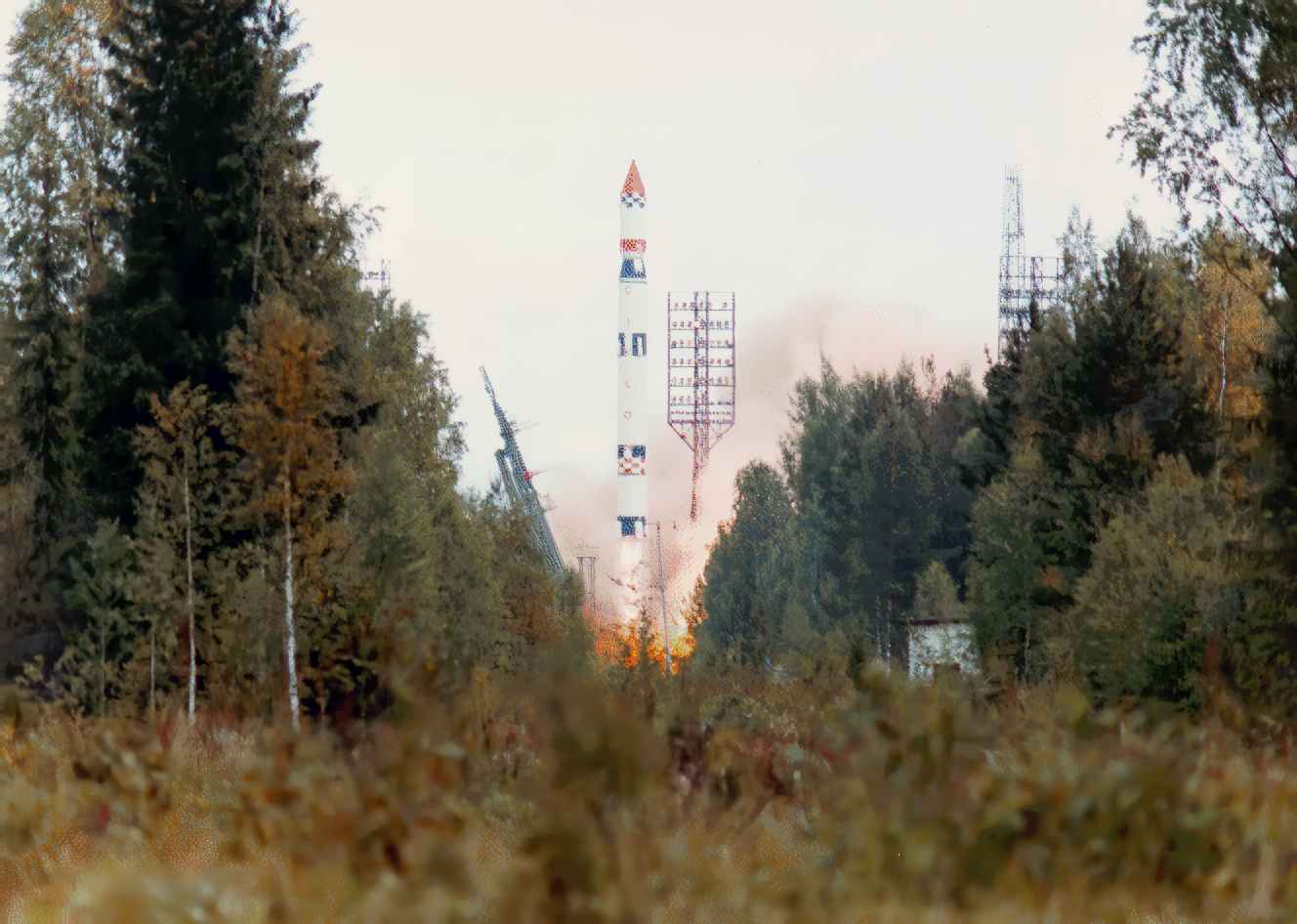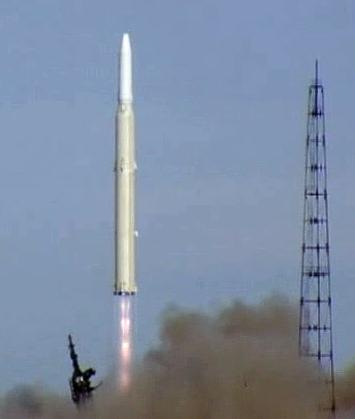Previous Spaceflight Launches
Filter by Agency, Locations or Vehicles
Show All LaunchesProton | Gorizont 39L
Khrunichev State Research and Production Space Center | RussiaBaikonur Cosmodrome, Republic of Kazakhstan
May 27, 1993, 1:22 a.m.
Molniya-M | Molniya-1T 86
Russian Space Forces | RussiaPlesetsk Cosmodrome, Russian Federation
May 26, 1993, 3:23 a.m.
Soyuz-U2 | Progress M-18
Soviet Space Program | RussiaBaikonur Cosmodrome, Republic of Kazakhstan
May 22, 1993, 6:41 a.m.
Soyuz U | Resurs-F2 9
Russian Federal Space Agency (ROSCOSMOS) | RussiaPlesetsk Cosmodrome, Russian Federation
May 21, 1993, 9:15 a.m.
Delta II | GPS IIA-11
United Launch Alliance | United States of AmericaCape Canaveral SFS, FL, USA
May 13, 1993, 12:07 a.m.
Ariane 42L | Astra 1C & Arsene
Aérospatiale | FranceGuiana Space Centre, French Guiana
May 12, 1993, 12:56 a.m.
Status: Launch Successful
Mission:
Astra 1B was the third of the Astra communications satellites launched and operated by SES (Société Européenne des Satellites). Arsene (Ariane Radio-Amateur Satellite Enseignement Espace) was designed and built by the French space agency CNES's radio amateur group (RACE) and carried a VHF/UHF and a UHF/S-band transponder.
Geostationary OrbitTsiklon-3 | Strela-3 89 to 94
Yuzhnoye Design Bureau | UkrainePlesetsk Cosmodrome, Russian Federation
May 11, 1993, 2:56 p.m.
Tsiklon-2 | US-PM 2
Yuzhnoye Design Bureau | UkraineBaikonur Cosmodrome, Republic of Kazakhstan
April 28, 1993, 3:39 a.m.
Status: Launch Successful
Mission:
US-PM (Upravlenniye Sputnik Passivny Modifikirovanny) (also reported as US-PU) was a solar powered improved EORSAT (Electronic Ocean Reconnaissance Satellite). It used an passive ELINT devices to track naval vessels from space by registering their electronic emmissions.
Low Earth OrbitSoyuz U | Yantar-1KFT 16
Russian Federal Space Agency (ROSCOSMOS) | RussiaBaikonur Cosmodrome, Republic of Kazakhstan
April 27, 1993, 10:35 a.m.
Space Shuttle Columbia / OV-102 | STS-55
National Aeronautics and Space Administration | United States of AmericaKennedy Space Center, FL, USA
April 26, 1993, 2:50 p.m.
Status: Launch Successful
Mission:
STS-55 (Space Transportation System 55), or D-2 was the 55th overall flight of the US Space Shuttle and the 14th flight of Shuttle Columbia. This flight was a multinational Spacelab flight involving 88 experiments from eleven different nations. The experiments ranged from biology sciences to simple earth observations.
Low Earth Orbit
